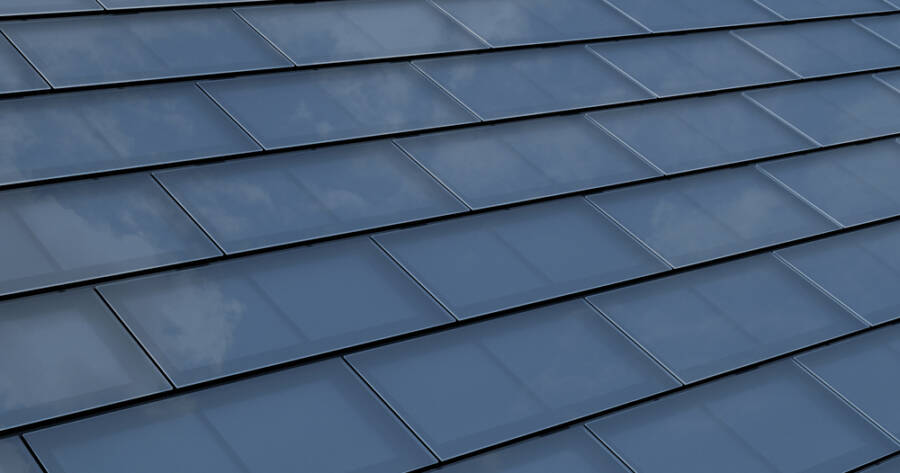Roofs are an essential part of any building, providing protection from the elements and contributing to its overall aesthetic. There are various types of roofs, including flat, pitched, and curved, each with its own advantages and disadvantages. The choice of roof type can significantly impact the energy efficiency and maintenance requirements of a building. Additionally, the materials used for roofing, such as shingles, metal, or tiles, play a crucial role in determining the durability and appearance of the structure.
What Are the Different Types of Roofs?
There are various types of roofs, each with its own unique characteristics and advantages. Some of the most common types include:
- Asphalt shingles: These are the most popular type of roofing material in the United States, due to their affordability and ease of installation. Asphalt shingles are made from a fiberglass mat coated with asphalt and mineral granules.
- Metal roofs: Metal roofs are made from sheets of metal, such as aluminum, steel, or copper. They are known for their durability and longevity and can last up to 50 years or more. Metal roofs are also energy-efficient, as they reflect sunlight and heat away from the home.
- Tile roofs: Tile roofs are made from individual tiles, which are typically made from clay, concrete, or slate. Tile roofs are known for their beauty and durability, and can last for up to 100 years or more. However, tile roofs are also more expensive than other types of roofing materials.
- Solar shingles: Solar shingles are an alternative to solar panels that look much more like shingles. This may be a more attractive option for homeowners for aesthetic purposes. They also allow homeowners to generate their own electricity from the sun, which can save them money on their energy bills. Solar shingles are a relatively new technology, but they are becoming increasingly popular as their cost decreases.
Solar Shingles: A Sustainable Roofing Option
Solar shingles are a sustainable roofing option that can help homeowners reduce their carbon footprint and save money on their energy bills. These solar cells convert sunlight into electricity, which can be used to power the home or sold back to the grid.
Solar shingles are a relatively new technology, but they are becoming increasingly popular which may help their cost decrease. In addition to their environmental benefits, solar shingles may also increase the value of a home.
Benefits of Solar Shingles: Energy Savings and More
There are many benefits to installing solar shingles, including:
- Energy savings: Solar shingles can help homeowners save money on their energy bills by generating their own electricity from the sun. The amount of money that can be saved will vary depending on the size of the solar shingle system and the amount of sunlight that the home receives.
- Increased home value: Homes with solar panels may sell for more than homes without solar panels.
- Environmental benefits: Solar shingles can help to reduce a home’s carbon footprint by generating clean, renewable energy.
- Low maintenance: Solar shingles require very little maintenance, making them a hassle-free way to save money on energy.
Installation and Maintenance of Solar Shingles
Installing solar shingles involves several steps, beginning with an assessment of the home’s suitability for solar power. A professional installer will evaluate the roof’s orientation, shading, and structural integrity. Once the evaluation is complete, the solar shingles can be installed much like traditional shingles, with the added step of connecting them to the home’s electrical system.
Maintenance of solar shingles is minimal. They need to be kept clean to operate at peak efficiency, which can usually be done with a garden hose. Regular inspections are recommended to ensure that the shingles and their electrical connections remain in good condition.
Financial Considerations and Incentives
As solar shingles become more popular, the cost will likely decrease, making them a more accessible option for homeowners. Various financial incentives may further offset the cost, including federal tax credits, state rebates, and local utility incentives. These programs can significantly reduce the initial investment required for solar shingles, making them a more viable option for many homeowners.
Additionally, financing options such as loans and leases are typically available. These options allow homeowners to spread the cost of installation over several years, often with little to no upfront cost. It’s important to explore all available incentives and financing options to determine the most cost-effective way to invest in solar shingles.
Is It Time For a New Roof?
Choosing the right type of roof is crucial for both the functionality and aesthetics of a building. Among the various roofing options available, solar shingles stand out as a sustainable and economically beneficial choice.
They not only provide the necessary protection and enhance the home’s appearance but also offer significant energy savings and environmental benefits. As the cost of solar technology continues to decrease and financial incentives become more accessible, solar shingles are likely to become an increasingly popular choice for homeowners looking to invest in a greener future.

